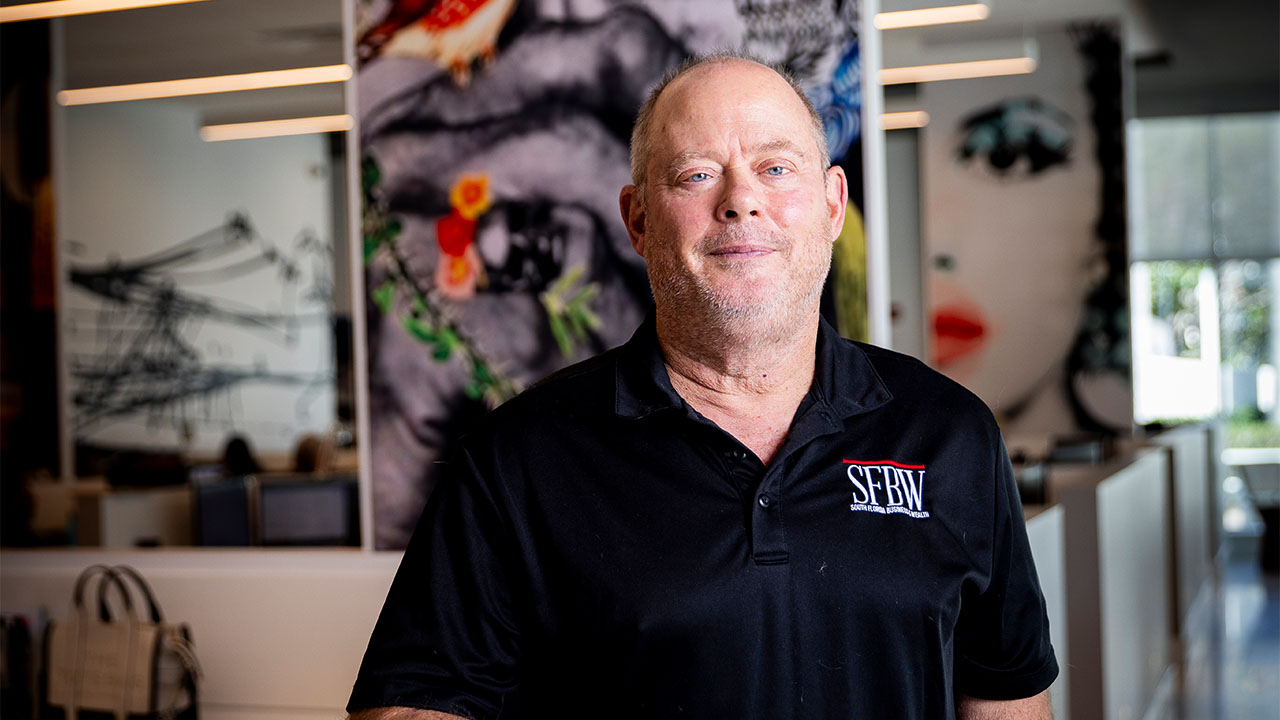Dear Mr. Berko: I’m 20, and I’m going to be officially engaged this September when George, my 23-year-old fiance, after two years of hard work, will get his promotion to manager and will be making $15.50 an hour. I’m thinking that I should get a diamond ring like my mom’s. My mom has a 1.1-carat ring that was bought at Zales in 1996 for $6,600, and when things are slow at the saloon, she takes it to a pawnshop, where she always gets $300 or $400. George and I saw this gorgeous 1.2-carat ring for $7,100. The salesman says it’s a steal and would be a good investment like Apple stock. George thinks a ring is a terrible waste of money. But he has $9,300 saved, and we wouldn’t have to borrow to buy it. With inflation going up, the unemployment rate going down and business being better, the salesman says this diamond should increase in value and will probably double in price in six or seven years. My friends would go “wow” upon seeing it. How can I persuade George to buy this ring as an investment? — KA, Columbus, Ohio
Dear KA: You are a stupid, stupid, stupid little girl.
The “wow” factor in the appearance of a diamond is really the amount of dough that some dumb schmo is willing to pay for it. And I’d be willing to wager my complete Barbie collection (from 1959 to 1966 and new in the box) that the 1.1-carat diamond engagement ring your mom got in 1996 couldn’t be sold for more than the $6,600 your dad paid for it at Zales. There’s a code among diamond retailers that the price of a diamond should be triple the wholesale price. If you think I jest, then buy a simple 1.1-carat ring at Kay Jewelers, and then walk across the street to Helzberg Diamonds and ask what the people there will pay you for it. When you rise from the floor, visit Jared, and when you finish crying, go to Alexanders.
Diamonds are not investments; rather, like a Mercedes or a Yugo, they are depreciating assets and lose a portion of their value the instant you leave the store. Gold and silver coins are less risky to own than diamonds because the market for these metals is liquid. They can be readily and easily sold at a fair price. Gold and silver coins are less risky because they are fungible, which means they are mutually interchangeable and can easily be replaced by an identical item. This is not the case of diamonds, because the resale market is, for all intents and purposes, illiquid. In other words, whom would you sell your diamond to, and at what price?
Diamond rings are stinky investments. They can appreciate over time, but they do it slo-o-o-o-wly. The center stone of a typical engagement ring has historically seen about a 1 to 1.25 percent annual increase. Diamonds such as the 1.1-carat ring your mom owns are a dime a dozen and certainly not attractive to investors. And little girls like you who think a diamond ring symbolizes the sanctity of marriage are three for a nickel at the five-and-dime.
George should do five things with that money. 1) Keep a few thousand in cash. 2) Open an individual retirement account, and put $5,500 in a Fidelity or Vanguard growth stock fund. 3) Consider purchasing a home. 4) Invest in several courses at the community college. That will improve his knowledge and thus make him more valuable to his employer. 5) Buy you a dog. It will teach you love, responsibility, reason and common sense. And you’ll learn that whoever said that “diamonds are a girl’s best friend” never owned a dog.
Please address your financial questions to Malcolm Berko, P.O. Box 8303, Largo, FL 33775, or email him at mjberko@yahoo.com. To find out more about Malcolm Berko and read features by other Creators Syndicate writers and cartoonists, visit the Creators Syndicate website at www.creators.com.
COPYRIGHT 2018 CREATORS.COM















